Home>Garden Essentials>How Long Do Tomato Seeds Take To Grow
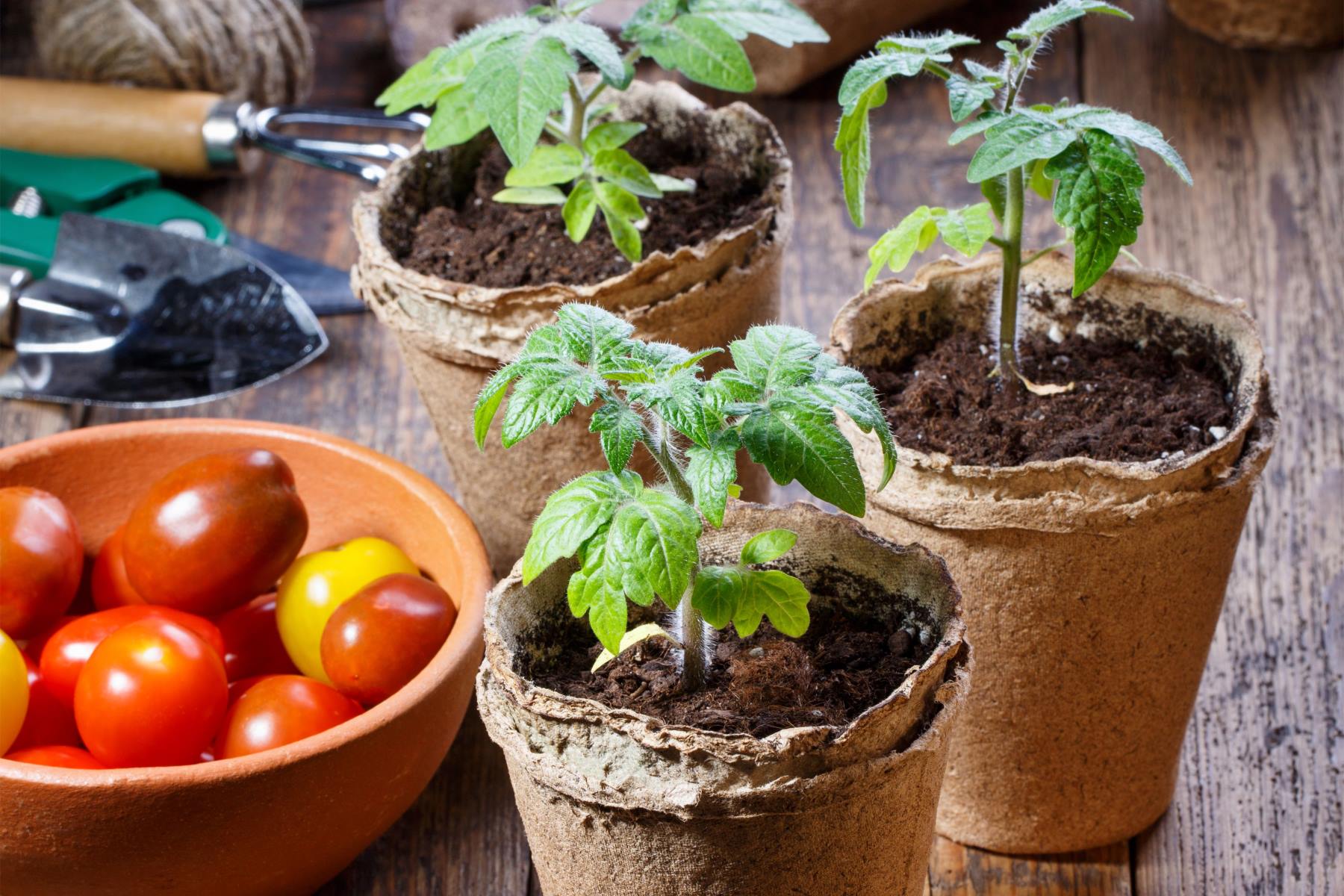

Garden Essentials
How Long Do Tomato Seeds Take To Grow
Modified: March 16, 2024
Discover how long it takes for tomato seeds to grow in your garden and start enjoying fresh homegrown tomatoes. Learn the optimal conditions and timeline for a successful harvest.
(Many of the links in this article redirect to a specific reviewed product. Your purchase of these products through affiliate links helps to generate commission for Storables.com, at no extra cost. Learn more)
Introduction
Welcome to the wonderful world of gardening! If you’re a beginner or a seasoned gardener looking to expand your green thumb repertoire, growing tomatoes from seed is an excellent place to start. Knowing how long tomato seeds take to grow is crucial for planning and maintaining a successful garden.
Tomatoes are one of the most popular and versatile fruits (although often treated as a vegetable) grown in home gardens. They come in a variety of colors, shapes, and sizes, and offer a bountiful harvest throughout the growing season. Starting tomatoes from seed allows you to choose from an even wider range of available varieties, ensuring you can grow the exact type of tomato you desire.
Before we dive into the timeline of tomato seed growth, it’s important to understand the various factors that influence germination and how to optimize the conditions for success.
Key Takeaways:
- Patience is key when growing tomato seeds, as they take 5 to 10 days to germinate. Providing optimal conditions like warmth, moisture, and light will help them sprout faster.
- Troubleshoot slow germination by adjusting temperature and moisture. Keep an eye out for pests and ensure proper air circulation to grow healthy tomato seedlings.
Factors Affecting Tomato Seed Germination
Tomato seed germination can be influenced by several factors, understanding which can greatly increase your chances of successful seedling emergence. Here are some key factors to consider:
- Temperature: Tomato seeds require a specific temperature range for optimal germination. Most tomato varieties prefer soil temperatures between 60°F (15°C) and 85°F (29°C). Temperatures outside this range may result in delayed or poor germination.
- Moisture: Adequate moisture is crucial to stimulate tomato seed germination. Keep the soil consistently moist but not waterlogged to provide the seeds with the right conditions for sprouting.
- Light: While tomato seeds do not require light for germination, providing a light source after sprouting will prevent the seedlings from becoming spindly. Once the seedlings have emerged, placing them in a well-lit area or under grow lights will promote healthy growth.
- Seed Quality: Using high-quality seeds will increase the chances of successful germination. Choose reputable seed suppliers and check for the “packed for” or “use by” date to ensure you are using fresh seeds.
- Seed Viability: Tomato seeds have a limited lifespan, and their viability decreases over time. It’s essential to check the seed packets for the viability percentage to ensure you are using seeds with a higher chance of germination.
- Seed Treatment: Some gardeners choose to use seed treatments such as scarification or soaking to enhance germination rates. While these methods are not necessary for all tomato varieties, they can be helpful for harder seed coatings.
By paying attention to these factors and providing the optimal growing conditions, you can significantly increase the success rate of tomato seed germination.
Germination Time for Tomato Seeds
The average germination time for tomato seeds ranges from 5 to 10 days. However, it’s important to note that the germination period can vary depending on various factors, including the specific variety, growing conditions, and seed quality.
Some tomato varieties are known to have faster germination rates, sprouting within 4 to 6 days of planting. These varieties are often referred to as “early maturing” or “fast-germinating” varieties. On the other hand, slower-germinating varieties may take up to 10 days or longer to show signs of sprouting.
It’s crucial to be patient during the germination process as some tomato seeds may take longer than others to emerge. Factors such as temperature, moisture levels, and seed quality can influence the germination time. Warmer temperatures (within the optimal range) and consistent moisture will generally result in faster germination rates.
Providing a warm, stable environment and keeping the soil consistently moist will help promote quicker and more consistent germination. Remember to keep an eye on the seeds and provide care based on their individual needs.
If you find that your tomato seeds have not germinated within the average expected time frame, don’t panic. Give them a little more time and ensure all the necessary growing conditions are met. If needed, you can gently dig around the area to check for any signs of germination.
Remember that germination time is just the first step in the journey of tomato seedlings. After germination, the seedlings will require proper care, including adequate light, water, and nutrients, to ensure healthy growth.
Now that you have an idea of the germination time, let’s explore the ideal conditions for successfully germinating tomato seeds.
Ideal Germination Conditions for Tomato Seeds
Creating the ideal germination conditions for tomato seeds is vital to ensure their successful growth. By providing the appropriate environment, you can significantly enhance germination rates and set your tomato seedlings up for success. Here are some key factors to consider:
- Temperature: Tomato seeds germinate best when the soil temperature is between 60°F (15°C) and 85°F (29°C). To maintain optimum temperature, consider using a seedling heat mat or placing the seed trays in a warm location, such as near a heater or in a greenhouse.
- Light: Tomato seeds do not require light to germinate, so placing them in a warm, dark area is sufficient until they sprout. However, once the seedlings emerge, they need ample light to grow strong and healthy. Place them in a well-lit area or use grow lights to provide 12-16 hours of light per day.
- Moisture: Tomato seeds need consistent moisture to germinate. Keep the soil evenly moist but not waterlogged. Water the seedlings gently from below to prevent disturbing the delicate roots. Use a spray bottle or a gentle watering can to provide a fine mist of water.
- Seed Depth: Tomato seeds should be planted at a depth of approximately 1/4 inch (0.6 cm) in the soil. Planting them too deep may result in delayed or failed germination. Gentle firming of the soil over the planted seeds will ensure good soil-to-seed contact.
- Air Circulation: Good air circulation is important to prevent the growth of mold or fungal diseases. Provide ventilation by opening windows or using a small fan to create a gentle breeze around the seedlings.
Remember to regularly monitor the temperature and moisture levels to maintain an optimal environment for seed germination. It’s also essential to follow the specific instructions provided on the seed packet, as some tomato varieties may have unique germination requirements.
By paying attention to these ideal germination conditions, you can increase the chances of successful tomato seed germination and ensure the healthy development of your seedlings.
Tomato seeds typically take 5-10 days to germinate and 5-10 weeks to grow into mature plants. Providing consistent moisture, warmth, and sunlight will help speed up the growth process.
Steps to Grow Tomato Seeds
Now that you have a good understanding of the factors influencing tomato seed germination and the ideal conditions, let’s walk through the step-by-step process of growing tomato seeds:
- Choose your tomato variety: Select the tomato variety that best suits your preferences and growing conditions. Consider factors such as size, color, taste, and disease resistance. Explore the vast array of available tomato varieties to find the perfect fit.
- Obtain high-quality seeds: Purchase your tomato seeds from a reputable supplier. Check the seed packets for information on the variety, planting depth, and any specific instructions.
- Prepare seed trays or containers: Use clean seed trays or containers with drainage holes. Fill them with a sterile seed-starting mix, which provides the necessary moisture retention and aeration for healthy seedling development.
- Plant the tomato seeds: Make small holes or furrows in the soil, approximately 1/4 inch (0.6 cm) deep. Place one or two tomato seeds in each hole and cover them lightly with soil. Gently water the soil to ensure moisture and good seed-to-soil contact.
- Provide the ideal growing conditions: Place the seed trays in a warm location or use a seedling heat mat to maintain a temperature between 60°F (15°C) and 85°F (29°C). Ensure the seeds have access to sufficient light after they sprout. Consider using grow lights if natural light is limited.
- Maintain optimal moisture: Check the soil regularly and keep it consistently moist but not waterlogged. Water gently from below or use a spray bottle to mist the soil surface. Avoid overwatering, as it can lead to damping-off disease or root rot.
- Monitor the seedlings: As the seedlings emerge, remove any covering or plastic wrap. Ensure they have access to adequate light and maintain proper ventilation. Rotate the trays periodically to promote even growth.
- Transplant the seedlings: Once the seedlings have developed their first set of true leaves, usually about 4-6 weeks after germination, they are ready to be transplanted into larger pots or directly into the garden. Handle the seedlings gently to avoid damaging the delicate roots.
- Continue care and maintenance: Provide the transplanted seedlings with regular watering, appropriate fertilization, and adequate sunlight. Keep an eye out for any pests or diseases and take necessary actions to protect the plants.
- Enjoy the harvest: With proper care and attention, your tomato plants will grow and eventually reward you with a bountiful harvest. Monitor the ripening fruits, and once they are fully mature, pick and savor the delicious flavors of your homegrown tomatoes.
Remember, each step plays a crucial role in the success of growing tomato seeds. Pay attention to the needs of your plants, adapt to any challenges that arise, and enjoy the rewarding journey of growing your own tomatoes from seed.
Troubleshooting Tips for Tomato Seed Germination
While growing tomato seeds can be a rewarding experience, it is not without its challenges. If you encounter difficulties with your tomato seed germination, here are some troubleshooting tips to help you overcome common issues:
- Slow or uneven germination: If your tomato seeds are taking longer than expected to germinate or if only a few have sprouted, check the temperature of the environment. Make sure it falls within the optimal range of 60°F (15°C) to 85°F (29°C). Adjust the heat or move the seeds to a warmer location if necessary.
- Mold or fungal growth: Excessive moisture or poor air circulation can lead to fungal growth on the soil surface. To prevent this, ensure the soil is well-draining and not overly watered. Increase airflow by using a small fan or opening windows to improve ventilation.
- Damping-off disease: Damping-off is a common fungal disease that can cause seedlings to wilt and die. To prevent damping-off, avoid overwatering and ensure the seedlings have proper air circulation. Transplant the seedlings to clean, sterile containers when they are ready to minimize the risk of disease.
- Lack of proper soil moisture: Inconsistent or inadequate moisture can hinder seed germination. Check the soil regularly and water gently from below or mist the surface with a spray bottle to keep it consistently moist. Avoid overwatering, as it can lead to rot and other issues.
- Weak or leggy seedlings: Seedlings that are elongated and weak are often a result of insufficient light. Ensure that the seedlings receive adequate light after germination by placing them in a well-lit area or using grow lights. Keep the lights on for 12-16 hours a day to promote strong and healthy growth.
- Pest damage: Pests like aphids, cutworms, and snails can attack young tomato seedlings. Monitor your seedlings for any signs of pest damage and take appropriate measures to control them. You can use organic pest control methods, such as handpicking pests or applying natural pest deterrents.
- Improper seed depth: Planting tomato seeds too deep or too shallow can affect germination. Follow the recommended planting depth, usually around 1/4 inch (0.6 cm), and gently firm the soil over the seeds to ensure good soil-to-seed contact.
Remember that troubleshooting in gardening is a continuous learning process. Observe your seeds and seedlings closely, adapt to their needs, and make adjustments accordingly. With time and experience, you’ll develop a better understanding of how to address common issues and increase the success rate of your tomato seed germination.
By being attentive and diligent, you’ll be able to overcome obstacles and enjoy a healthier and more productive tomato garden.
Conclusion
Growing tomatoes from seed is a rewarding and fulfilling experience that allows you to witness the entire lifecycle of these beloved plants. By understanding the factors affecting tomato seed germination, providing ideal conditions, following the proper steps, and troubleshooting common issues, you can increase your chances of successful germination and grow healthy tomato plants.
Remember that patience is key when it comes to waiting for tomato seeds to germinate. The germination time can vary depending on various factors, but with proper care and attention, you will see those tiny seeds transform into vibrant seedlings.
Taking the time to choose the right tomato varieties, using high-quality seeds, and creating the ideal germination conditions will set your seedlings up for success. Pay attention to temperature, moisture, light, and proper planting depth to give your seeds the best chance to flourish.
If you encounter challenges along the way, don’t be discouraged. Gardening is a learning process, and each experience provides an opportunity to improve your skills. Troubleshoot issues such as slow germination, fungal growth, weak seedlings, and pest damage by adjusting factors like temperature, moisture, light, and pest control methods.
As your seedlings grow, continue to provide them with care and maintenance, and soon you’ll be rewarded with a bountiful harvest of delicious, homegrown tomatoes. Whether you enjoy them fresh off the vine, transform them into sauces, or use them in your favorite dishes, there’s nothing quite like the taste of tomatoes you’ve nurtured from seed.
So, roll up your sleeves, gather your supplies, and get ready to embark on the exciting journey of growing tomatoes from seed. With a little effort and a lot of love, you’ll soon be enjoying the fruits of your labor and sharing the joy of homegrown tomatoes with family and friends.
Happy gardening and may your tomato seeds flourish!
Frequently Asked Questions about How Long Do Tomato Seeds Take To Grow
Was this page helpful?
At Storables.com, we guarantee accurate and reliable information. Our content, validated by Expert Board Contributors, is crafted following stringent Editorial Policies. We're committed to providing you with well-researched, expert-backed insights for all your informational needs.
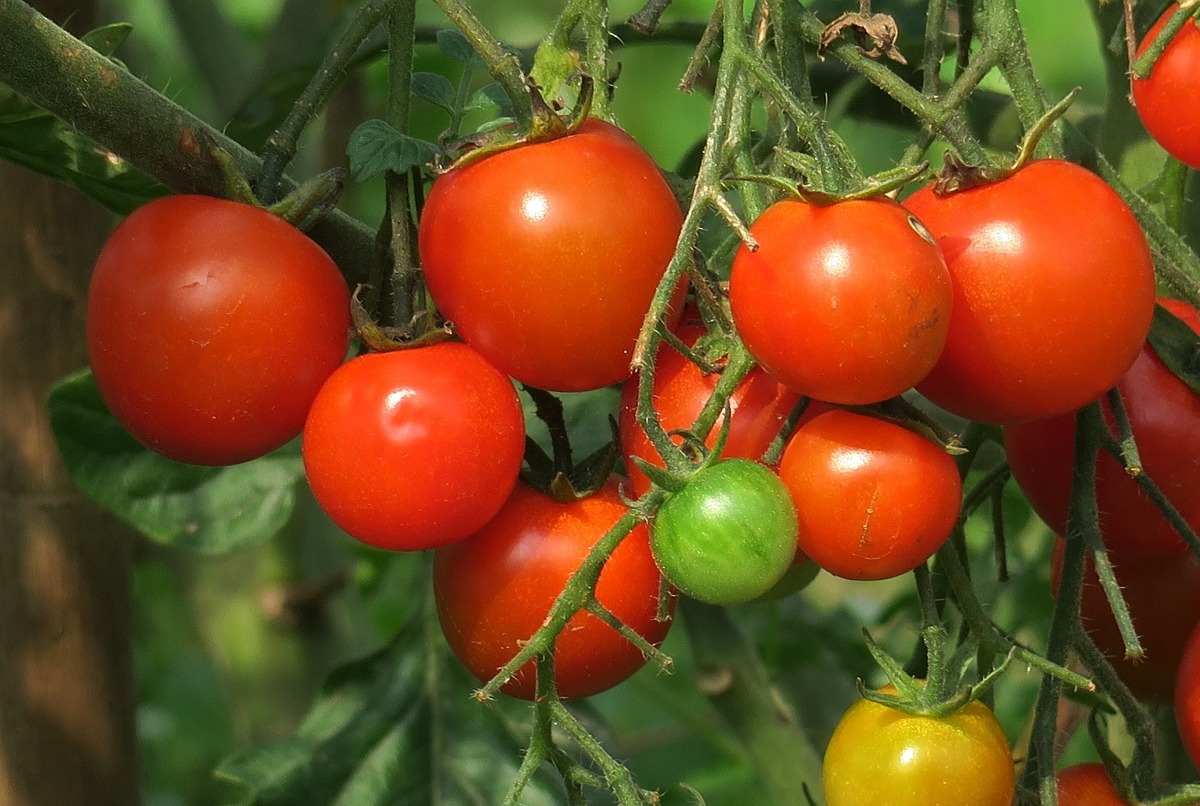
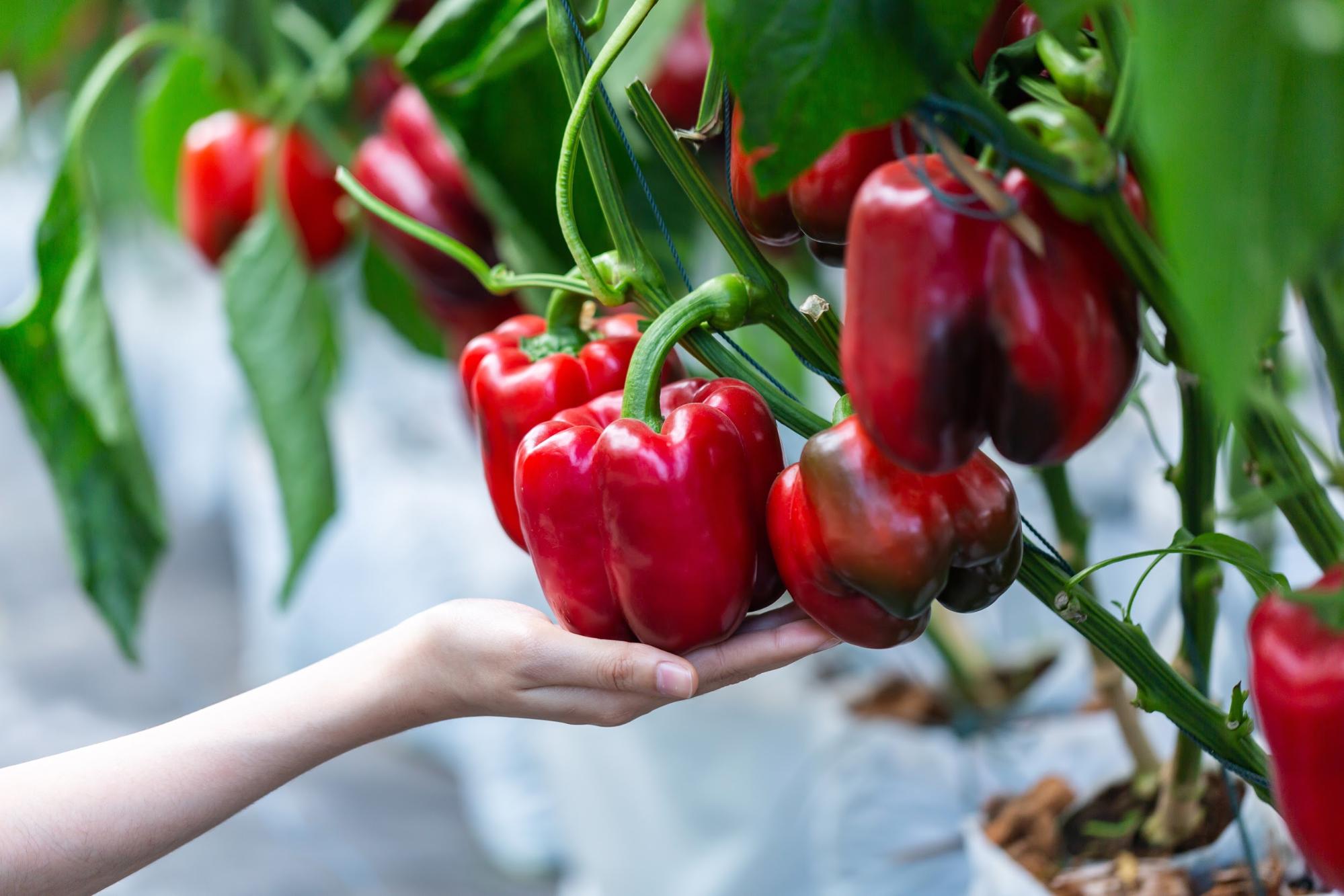
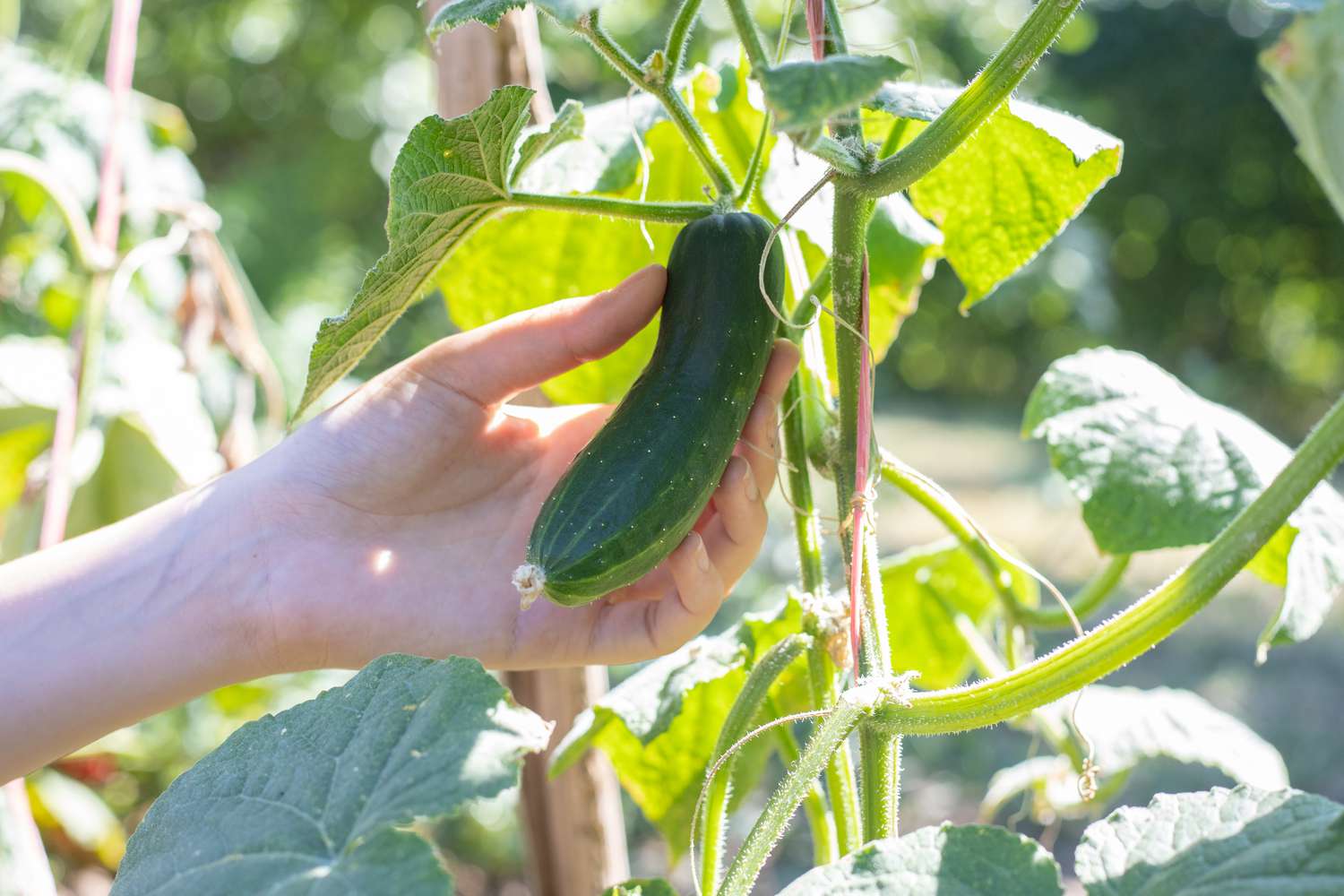
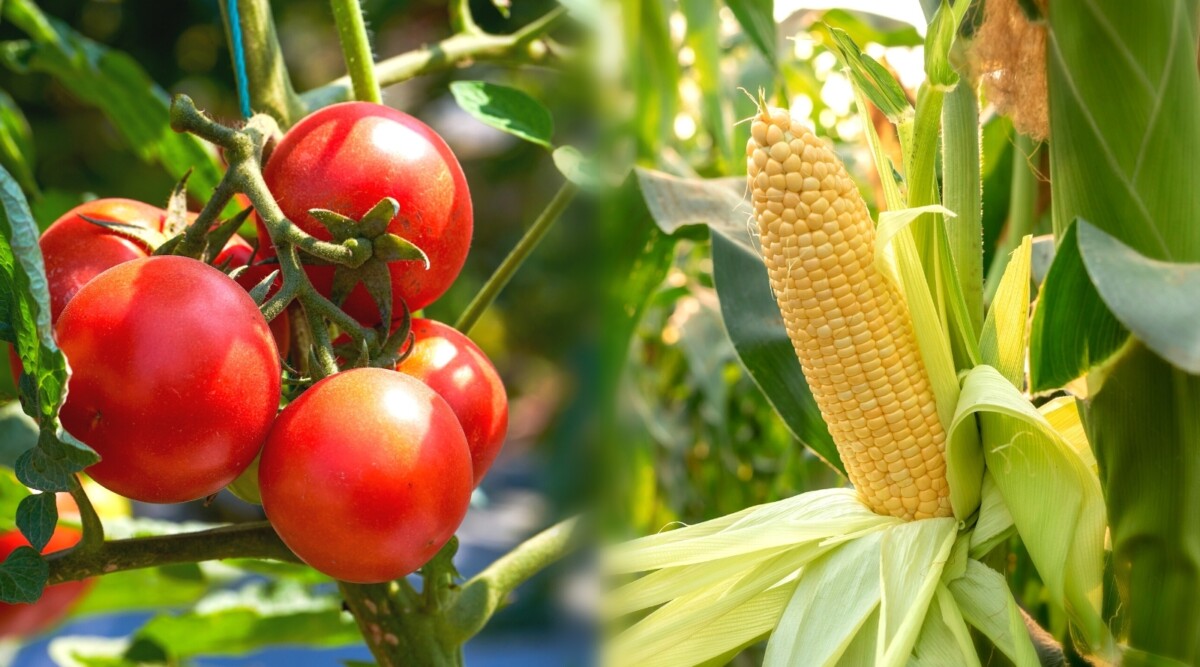
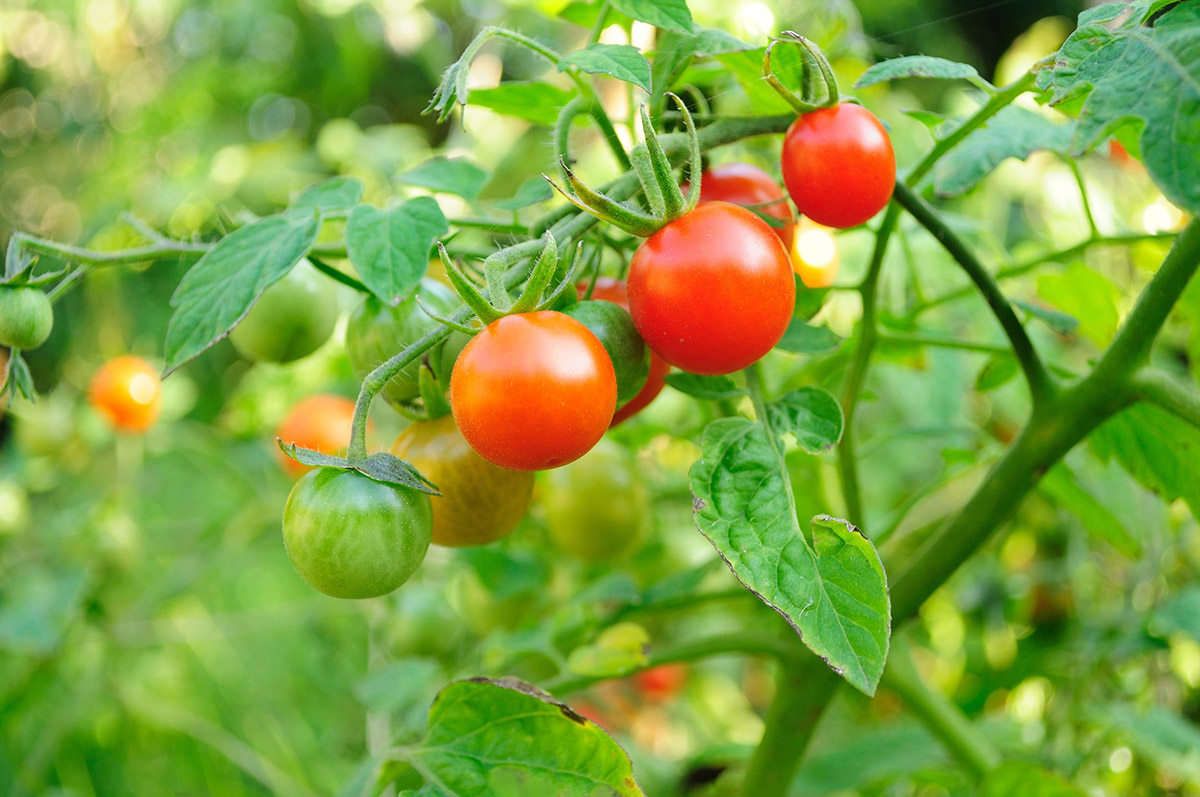
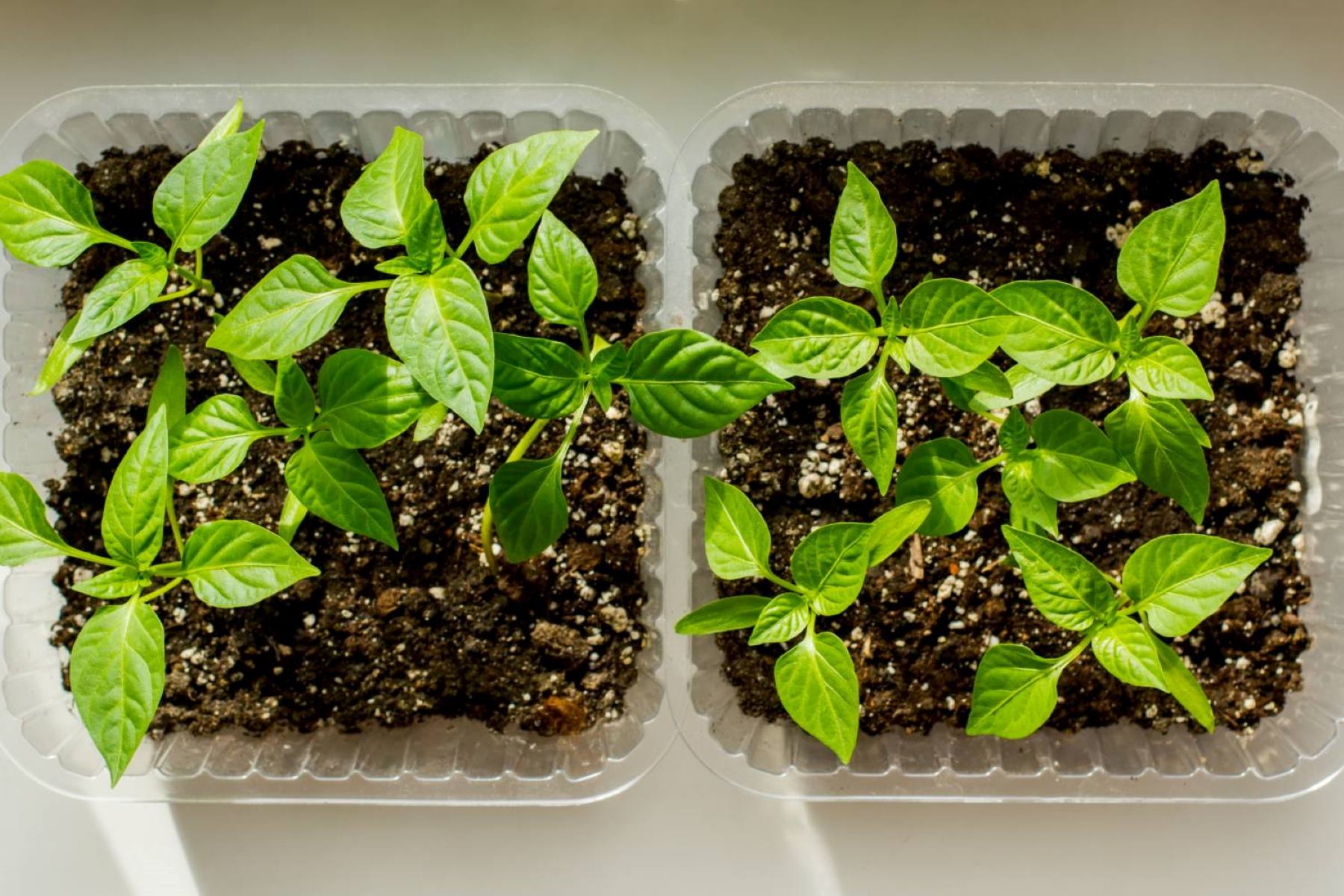
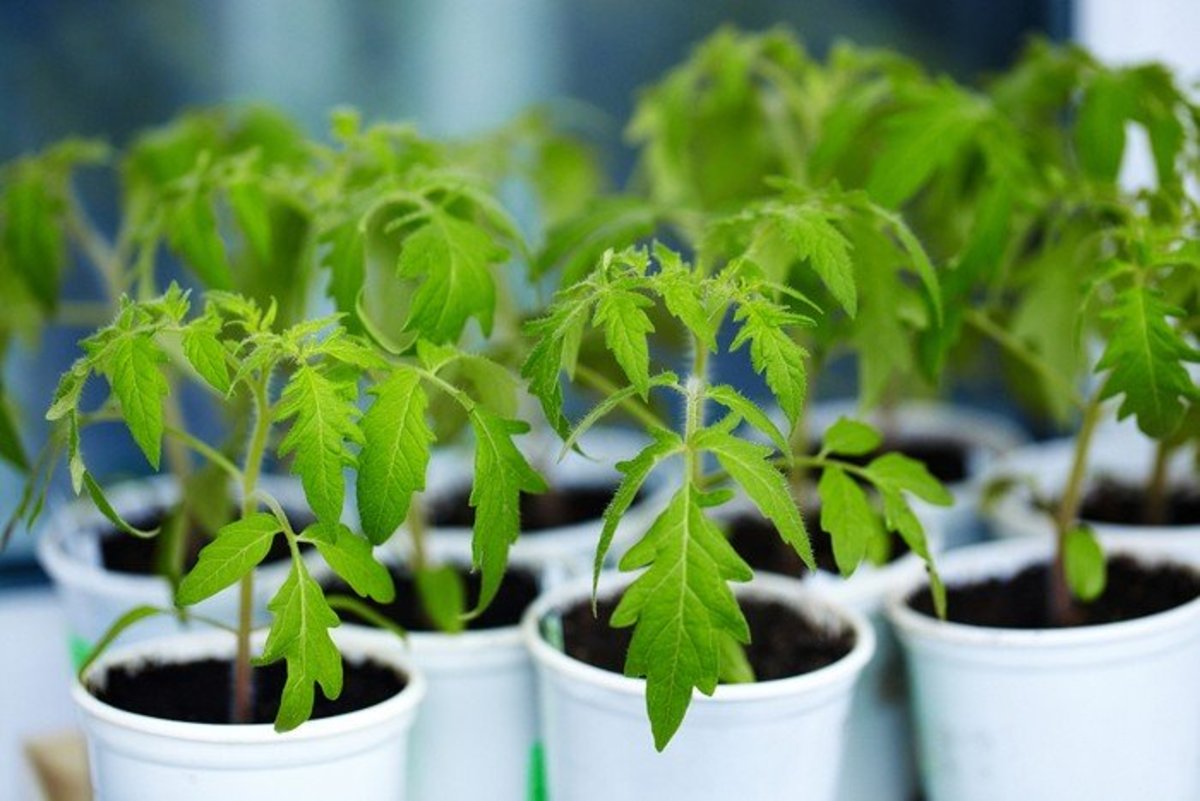
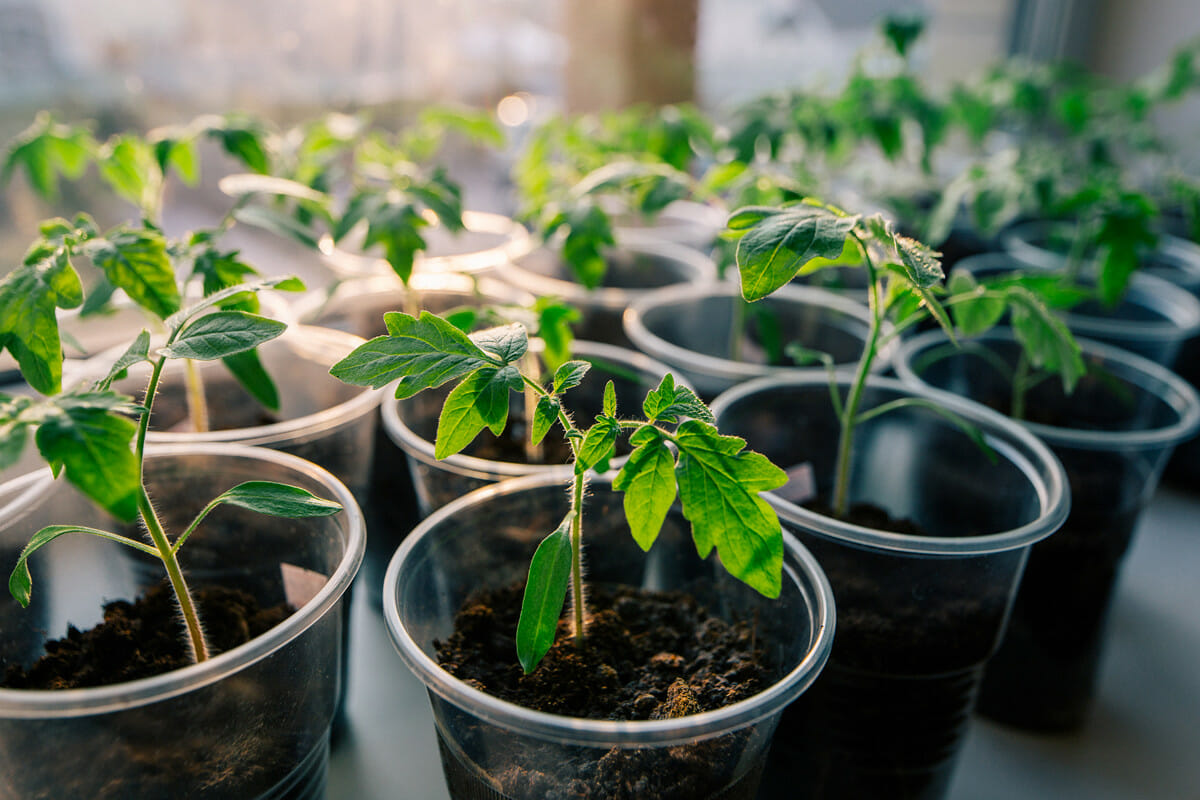
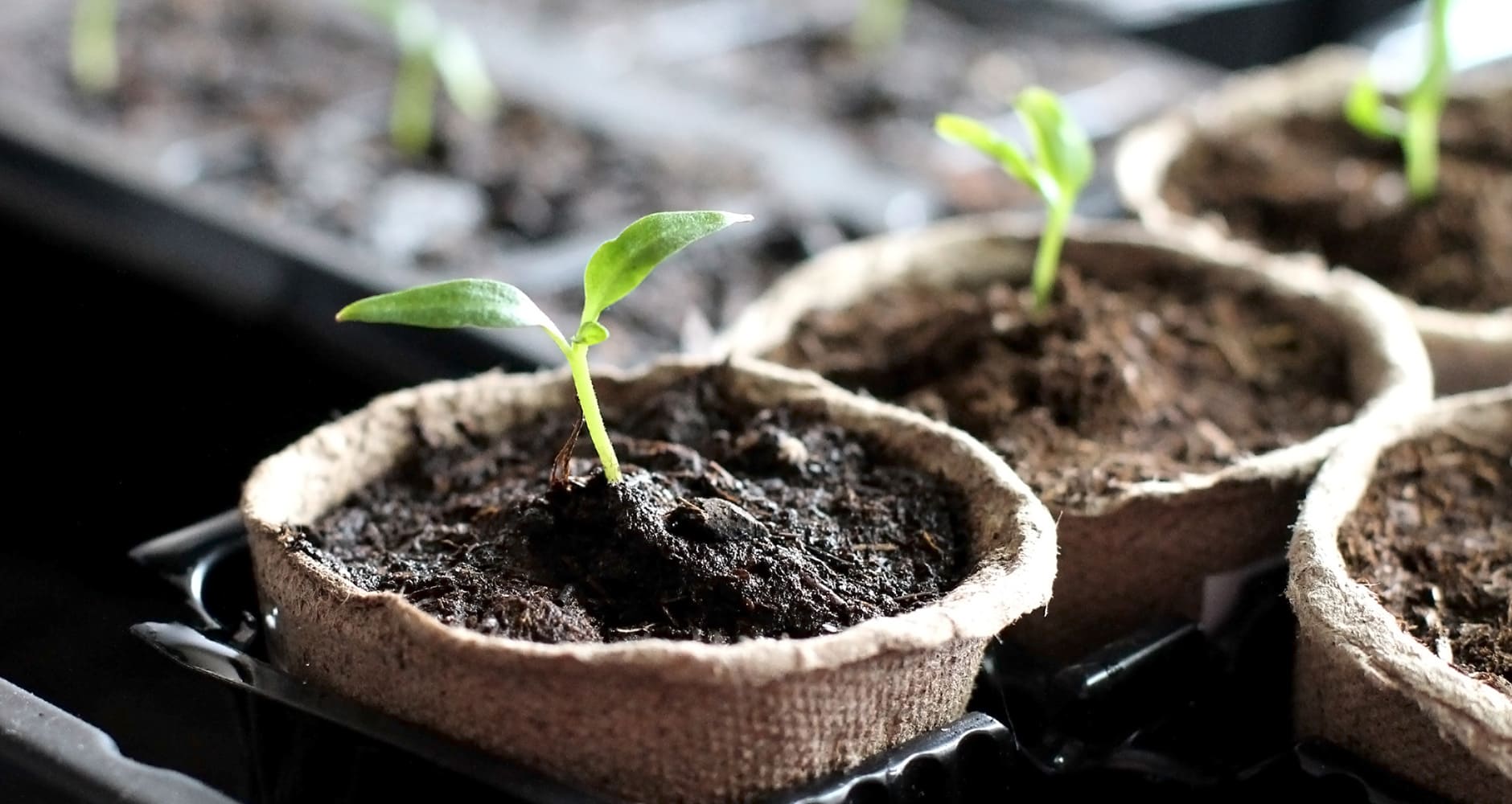

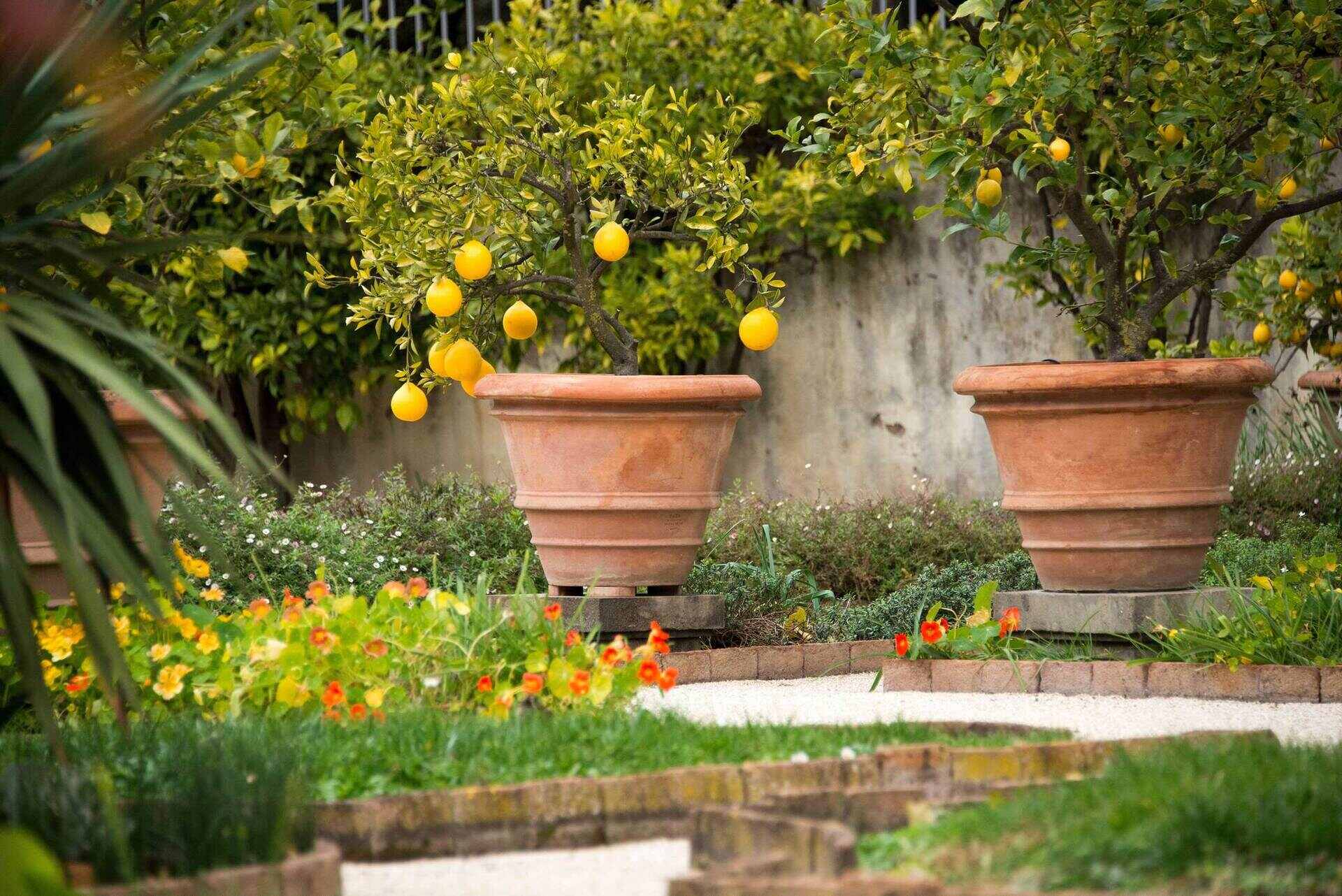
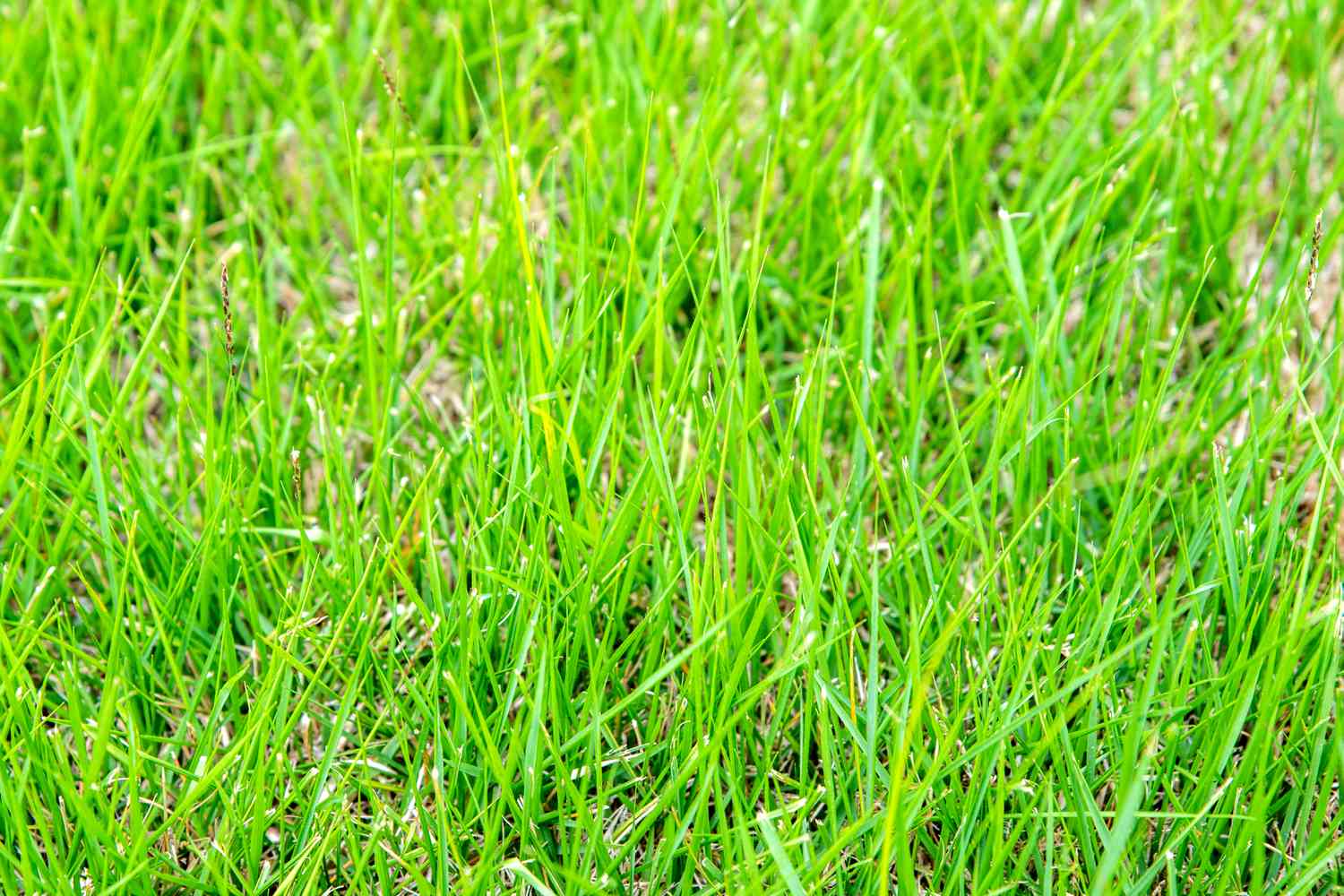

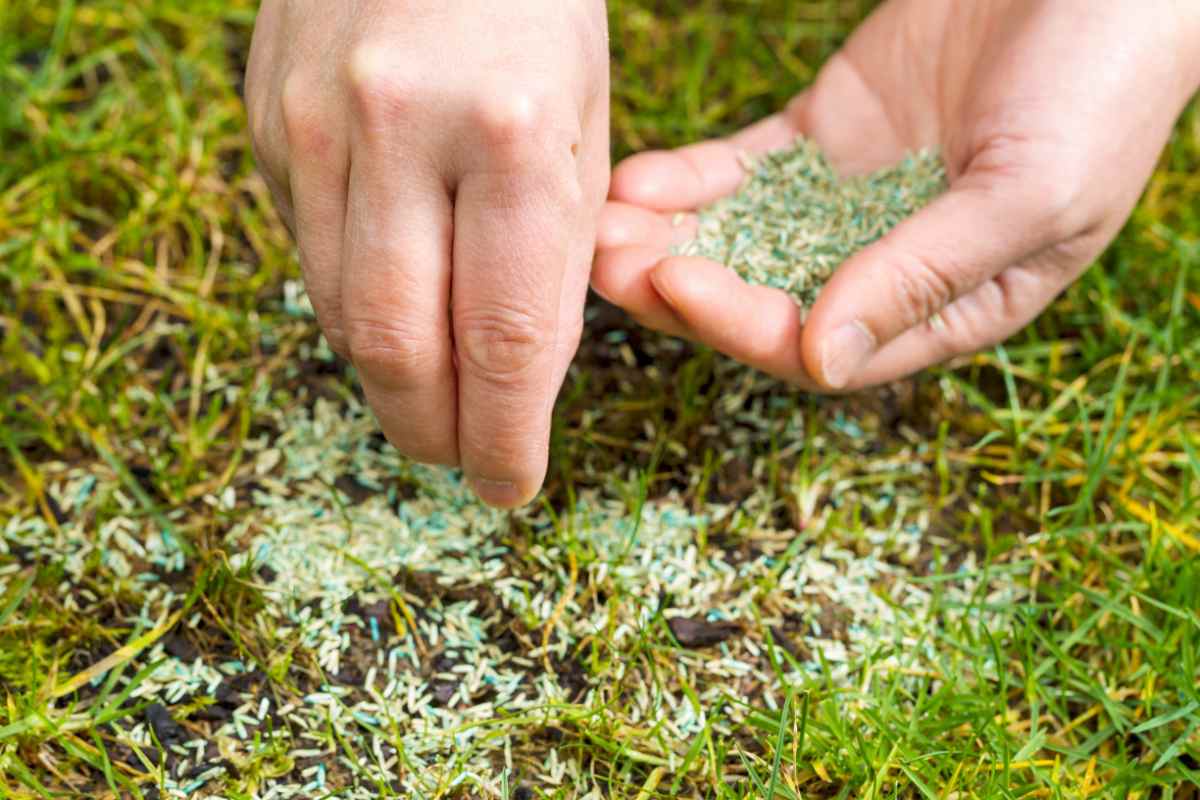

0 thoughts on “How Long Do Tomato Seeds Take To Grow”